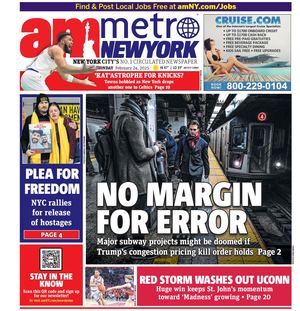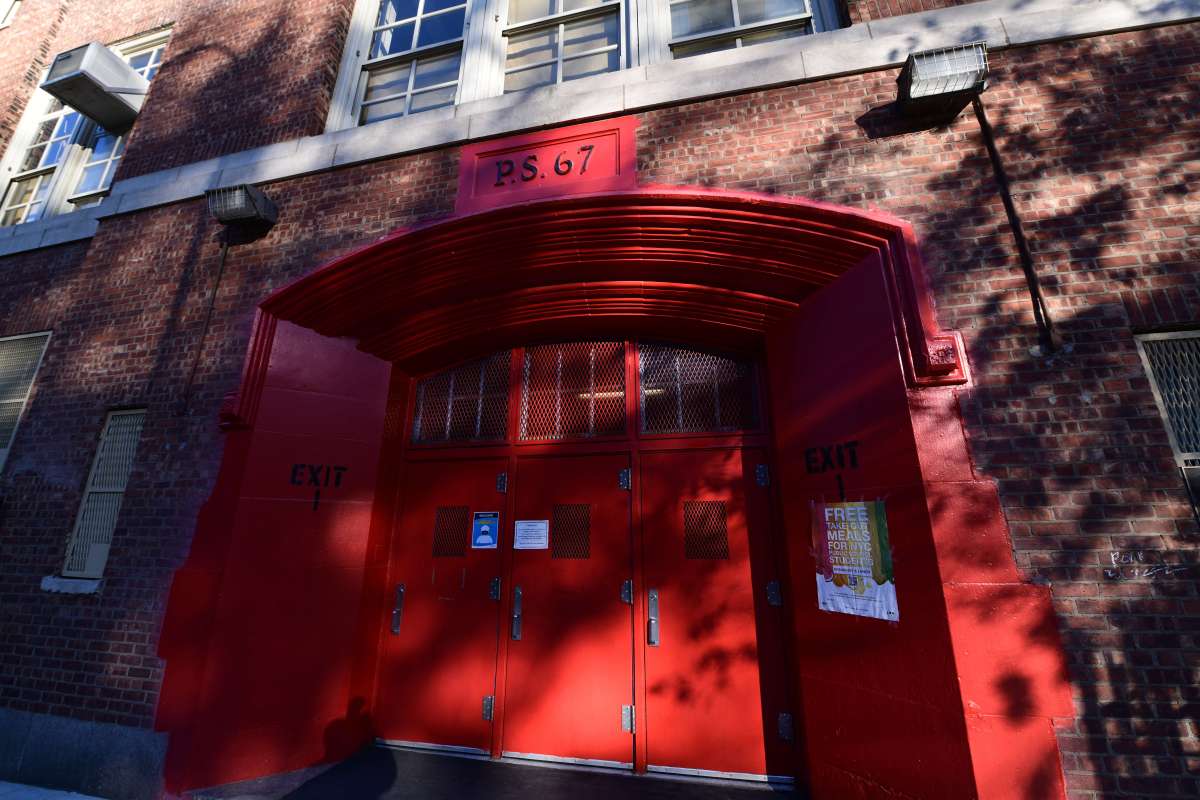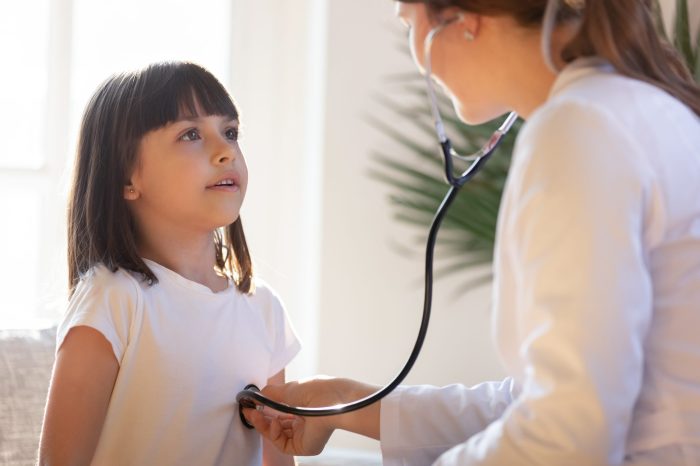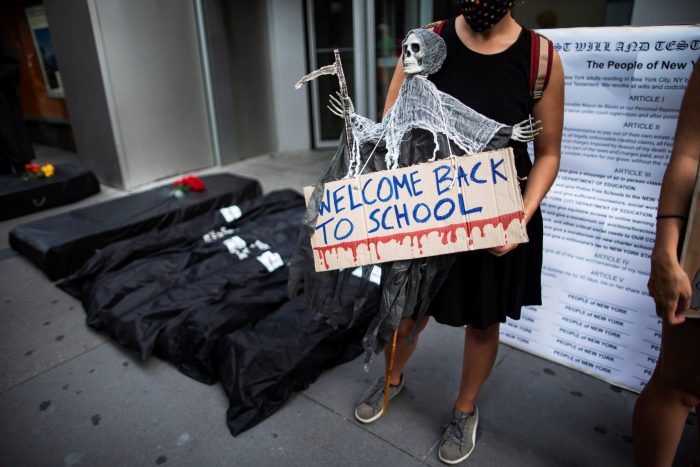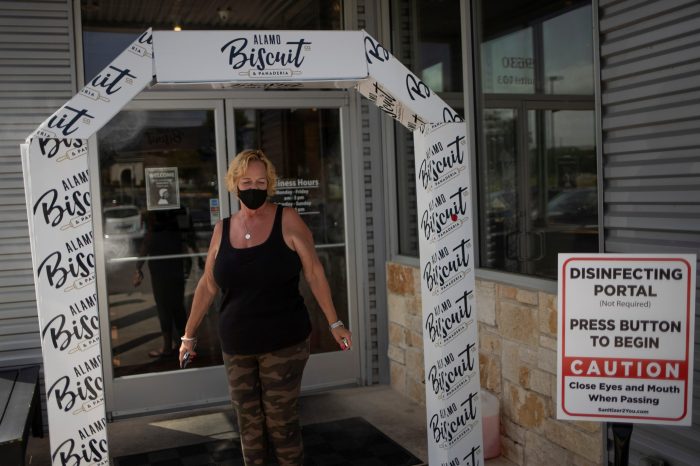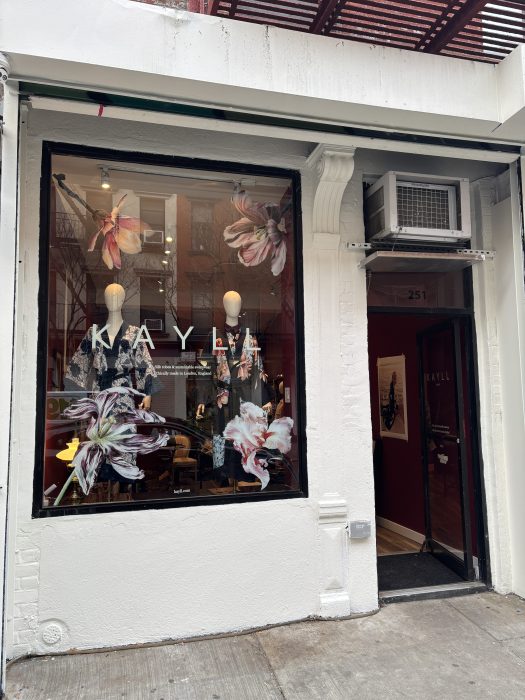New York City public schools will need more COVID-19 testing in order to reopen again and will likely follow a phased-in approach, Mayor Bill de Blasio said on Monday.
On Friday, the mayor said that city data projected the state will place the city in an “orange zone” as early as next week. An “orange zone” is a state designation that prompts the closure of schools, shuttering of non-essential businesses, caps gatherings to 10 people, bans indoor dining, and reduces the allowed capacity in houses of worship to 33% or 25 people.
“Once that happens, we will be in a position to take additional measures to reopen schools,” de Blasio told reporters during a morning press conference. “There’s a clear protocol for that, it involves a lot more testing.”
Last week, officials temporarily closed all New York City public schools after the city’s COVID-19 positivity rate based on a seven-day rolling average reached 3%–a threshold number set by the mayor and powerful city teacher union, the United Federation of Teachers, over the summer.
Under state guidelines, schools in orange zones can reopen as early as five days after the zone designation has been announced. Students and staff must show a negative COVID-19 test before being allowed back onto campuses for in-person classes and 25% of all adults and children need to be tested weekly.
“Testing will be something that everyone will have to participate in,” de Blasio added before encouraging all parents to submit testing consent forms for their children to schools. “If you really want your child in school, you really have to help us out.”
The city’s special needs students in district 75 would be the first allowed to re-enter schools for in-person learning followed by 3-k and Pre-K students. Elementary, middle and high school students will then return in waves.
On Monday, the state COVID-19 data shows the city’s positivity rate below 3%– at 2.5%–stalling an orange zone designation for now. However, parts of the city like upper Manhattan and Staten Island will become yellow zones reducing the number of congregants allowed in houses of worship to 50% capacity, capping social gatherings at 25 people and limiting the number of indoor and outdoor diners to four per table.
